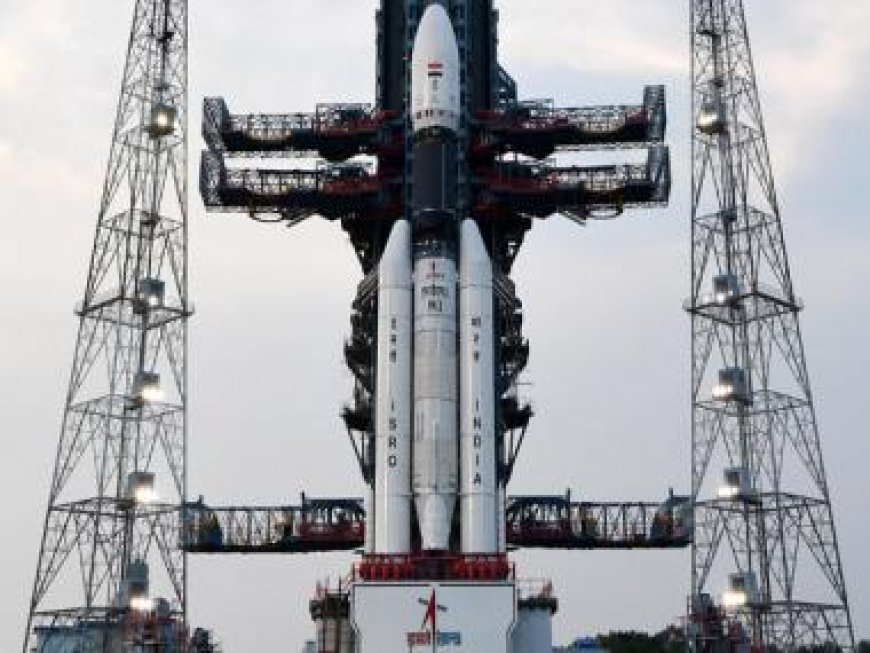For ISRO, the Moon is not enough. Know why
For ISRO, the Moon is not enough. Know why

Not everyone is rooting for India and for ISRO, especially in certain “civilised” countries. For years, many public commentators in the UK have often asked why the government of India spend crores of rupees on space programmes when we have people starving.
ISRO and its Indian scientists have once again given a proper answer to the still pervasive British orientalism, with the launch of the NVS-01 NavIC satellite. But something tells us, that for 2023, ISRO is just getting started.
Here are a few of the upcoming missions that ISRO has planned out for 2023. If all things go as to plan, 2023 will be a hallmark year for India, and its hopes for space exploration/
Aditya-L1
Expected to launch sometime in the next few months, the Aditya-L1 mission marks India’s pioneering foray into observatory-class missions aimed at studying the solar corona and chromosphere. It is equipped with a solar coronagraph to investigate the corona and a near UV instrument to examine the chromosphere.
Additionally, the mission includes X-ray spectroscopic instruments to capture flare spectra, and an in-situ payload to observe solar events as they traverse from the Sun to Earth. With these advanced instruments, Aditya-L1 aims to deepen our understanding of the Sun and its various phenomena.
X-ray Polarimeter Satellite of XPoSat
The XPoSat mission is supposed to launch sometime in the second half of the year, The X-ray Polarimeter Satellite or XPoSat is a space observatory project by the Indian Space Research Organisation (ISRO) that aims to investigate the polarization of cosmic X-rays.
It is scheduled to be launched in 2023 using the Small Satellite Launch Vehicle (SSLV) and is designed to operate for a minimum of five years. XPoSat will focus on studying the 50 most prominent known sources in the universe, which include pulsars, black hole X-ray binaries, active galactic nuclei, and non-thermal supernova remnants.
By analyzing the polarization of X-rays emitted by these celestial objects, XPoSat will contribute to our understanding of their nature and behaviour.
Gaganyaan-1 & 2
The first Gaganyaan mission, or Gaganyaan-1 is expected to be launched sometime in the third quarter of the calendar year 2023, whereas the second mission, Gaganyaan-2 is supposed to be launched by the end of the year 2023, or early 2024.
The Gaganyaan, also known as the “Orbital Vehicle,” is an Indian spacecraft jointly developed by the ISRO and Hindustan Aeronautics Limited or HAL. It is a crucial component of the Indian Human Spaceflight Programme. Designed to accommodate a crew of three individuals, the spacecraft is currently under development.
The Gaganyaan is being designed with the intention of carrying astronauts into orbit, marking India’s entry into crewed space missions. The spacecraft’s initial version will focus on achieving this objective, while a planned upgraded version will possess rendezvous and docking capabilities, enabling it to dock with other spacecraft or space stations.
Gaganyaan-2 test will be the second out of two tests conducted before the inaugural crewed mission takes place. These flight tests are crucial in validating the spacecraft’s capabilities and ensuring its readiness for human spaceflight.
Chandrayaan-3
And finally, we have the Chandrayaan-3, which, ISRO has confirmed after the successful launch of the NVS-01 NavIC satellite, which will be the next major mission that they will be launching, which, is scheduled to take place in 2023.
The planned mission involves a repeat attempt of the Chandrayaan-2 mission, which aims to explore the lunar surface using a lander, rover, and propulsion module. The primary objective of this mission will be to achieve a soft landing on the lunar surface.
Similar to the Chandrayaan-2 mission, the spacecraft will consist of a lander, which will carry the rover and a propulsion module. The lander will be responsible for making a controlled descent and landing on the lunar surface. Once landed, the rover will be deployed to explore and conduct experiments on the lunar terrain.
The propulsion module will provide the necessary propulsion and support for the spacecraft throughout its journey to the Moon and during critical manoeuvres such as orbit insertion and soft landing. Its role is crucial in ensuring a successful landing on the lunar surface.
By repeating this mission with improved knowledge and technology, the aim is to overcome the challenges faced during the previous attempt and achieve a successful soft landing on the lunar surface. This mission will contribute to our understanding of the Moon and its geological characteristics, as well as pave the way for future lunar exploration endeavours.
Read all the Latest News, Trending News, Cricket News, Bollywood News,
India News and Entertainment News here. Follow us on Facebook, Twitter and Instagram.
What's Your Reaction?



























































